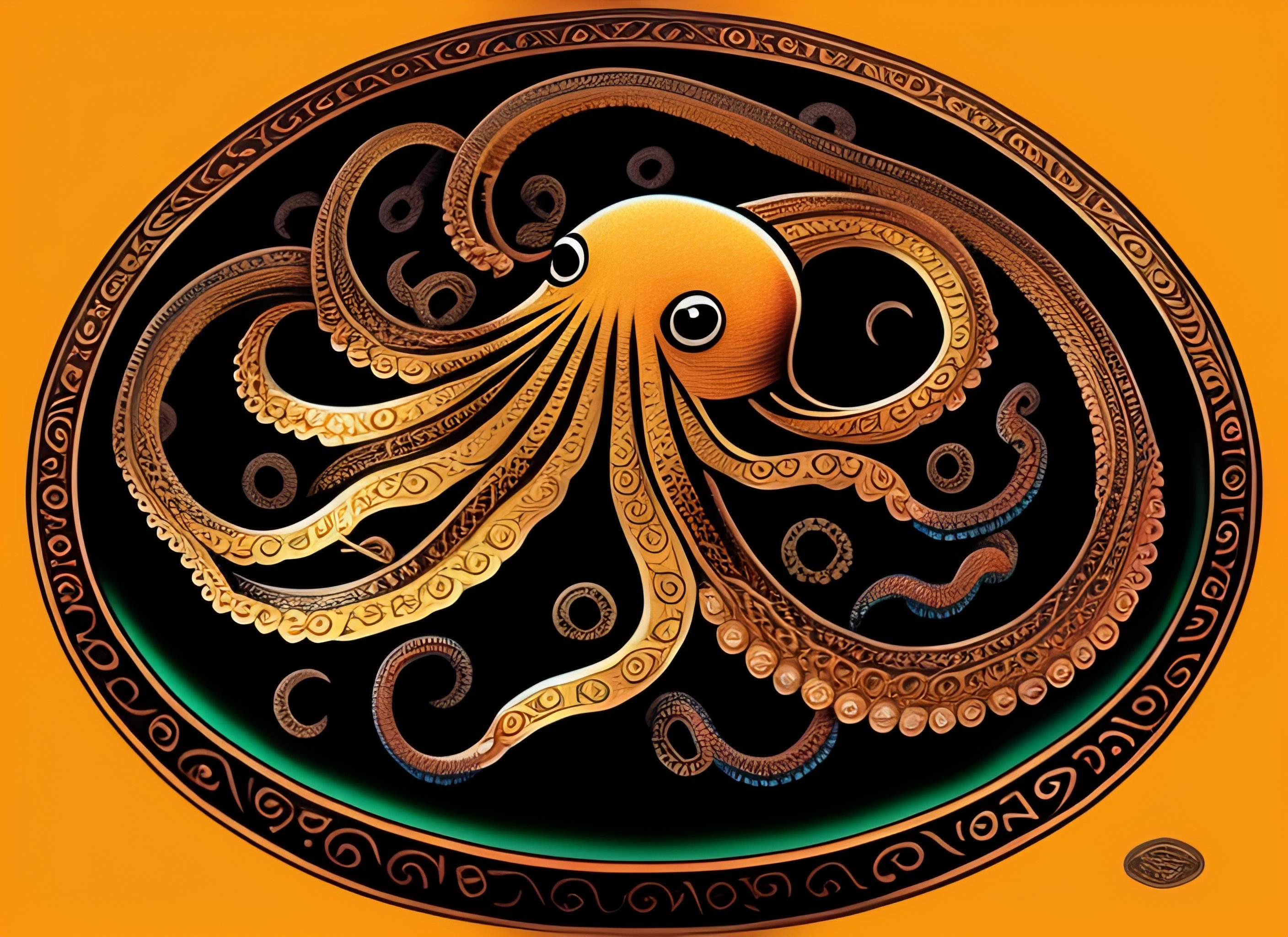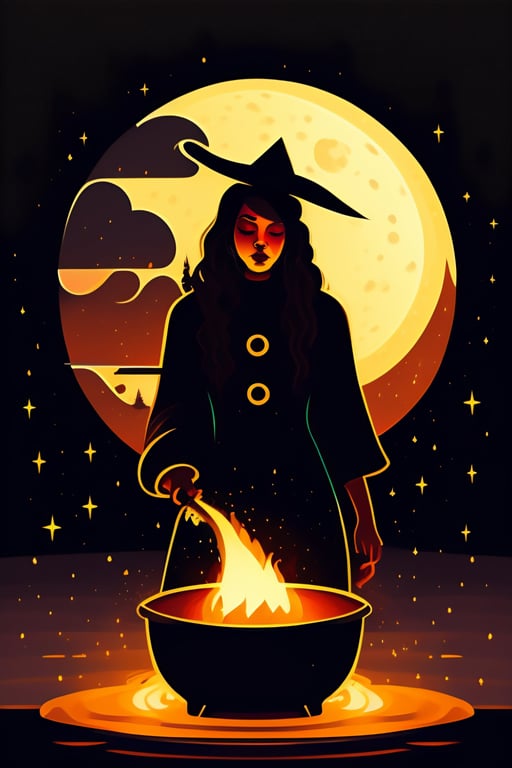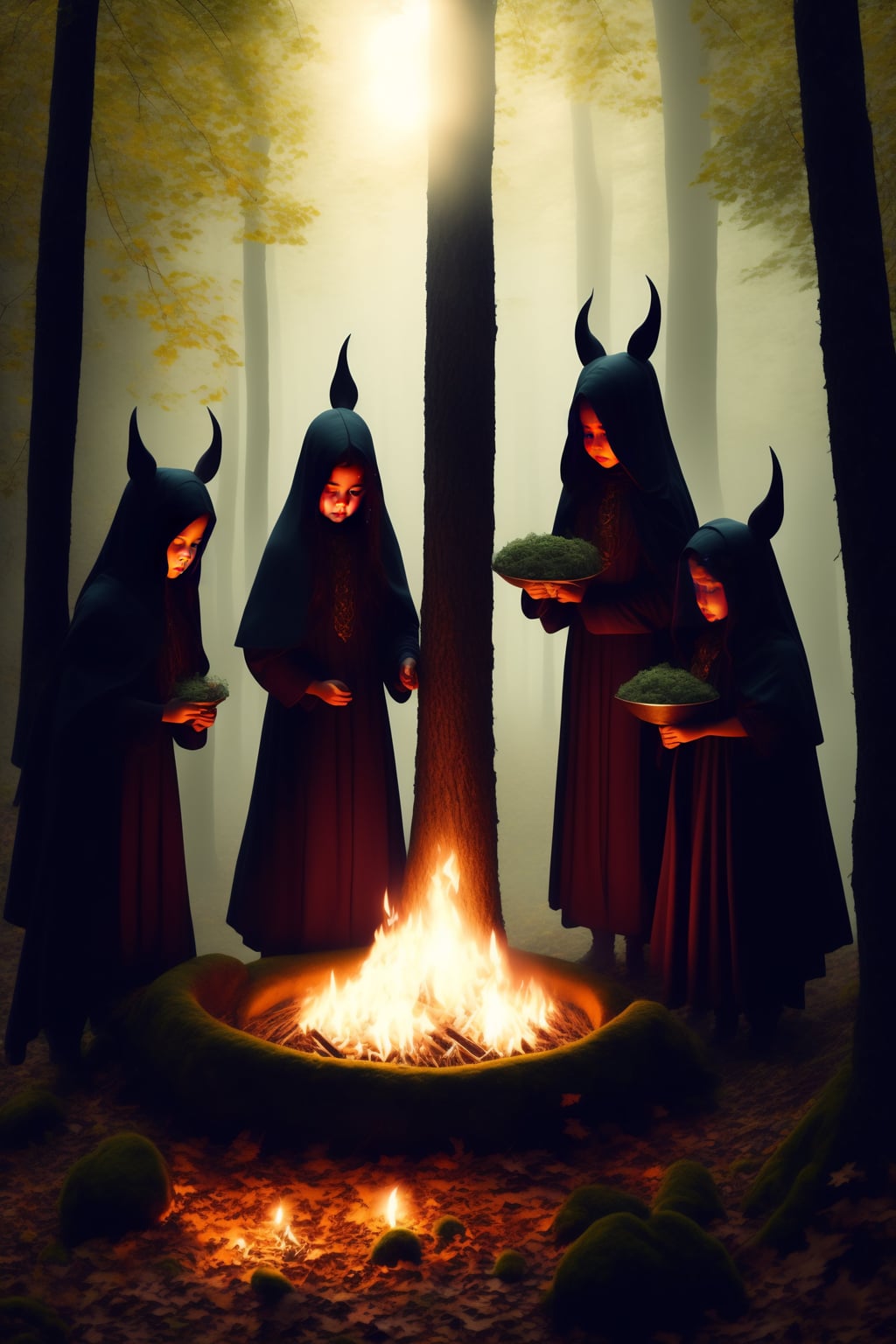The Mythological Roots of Folklore and Superstitions
Part 1: Introduction to Mythology and Folklore
Mythology
is the study of myths, legends, and tales that are associated with a particular
culture or religion. It deals with the stories that were told by our ancestors
to explain natural phenomena, to provide moral lessons, and to create a sense
of identity and community among people. On the other hand, folklore refers to
the customs, beliefs, and traditions that are passed down orally from
generation to generation. It includes everything from fairy tales, folk songs,
and proverbs to superstitions, folk remedies, and folk dances.
Both
mythology and folklore are essential parts of human culture and history. They
reflect the beliefs, values, and social structures of the communities that
created them. They also provide us with insights into the human psyche, our
fears, desires, and aspirations. In this multipart blog, we will explore the
mythological roots of folklore and superstitions and how they have shaped our
cultural heritage.
Part 2: The Role of Mythology in Folklore
Mythology
and folklore are closely intertwined, and many folktales and legends have their
origins in myths. Myths were originally told to explain natural phenomena and
to provide moral lessons to people. They often featured supernatural beings,
gods, and goddesses, who represented different aspects of nature, human
emotions, and social structures.
Over
time, these myths were adapted and transformed into folktales and legends. They
became more accessible to ordinary people and were told in local dialects, using
simple language and vivid imagery. Folktales often featured human characters
who encountered supernatural beings and faced various challenges and obstacles.
They provided people with entertainment, but they also served to reinforce
social norms and values.
Part 3: Superstitions and Their Mythological Origins
Superstitions
are beliefs or practices that are not based on reason or scientific evidence
but are regarded as true or real by people. Superstitions often have their
origins in myths and folktales. They reflect our fears and anxieties about the
unknown and our desire for control over our lives.
For
example, the superstition that breaking a mirror brings seven years of bad luck
has its origins in ancient Greek and Roman mythology. It was believed that
mirrors were portals to the spirit world, and breaking a mirror would shatter
one's soul. Similarly, the superstition that it is bad luck to walk under a
ladder has its roots in Christian mythology. Ladders were seen as a symbol of
the Holy Trinity, and walking under one was considered blasphemous.
Part 4: Folklore and Cultural Identity
Folklore
plays an essential role in shaping our cultural identity. It reflects the
traditions, values, and beliefs of a particular community or region. It
provides us with a sense of belonging and continuity with our past.
Folklore
is also a way of preserving cultural heritage. Many traditional folk songs,
dances, and crafts have been passed down from generation to generation. They
are part of our intangible cultural heritage and are recognized by UNESCO as
important cultural expressions.
Part 5: The Importance of Studying Mythology and Folklore
Studying
mythology and folklore is crucial for understanding human culture and history.
It provides us with insights into the beliefs, values, and social structures of
the communities that created them. It also helps us to understand the ways in
which these communities have adapted and transformed their cultural heritage
over time.
Moreover,
studying mythology and folklore is essential for preserving cultural heritage.
Many myths, legends, and folktales are in danger of being lost as oral
traditions fade away. By studying these stories and recording them, we can
ensure that they are not forgotten.
Conclusion:
In
conclusion, mythology and folklore are essential parts of human culture and
history. They reflect our beliefs, values, and social structures and provide us
with a sense
Part 6: Examples of Mythological Roots of Folklore and Superstitions
To
further understand the mythological roots of folklore and superstitions, let's
explore some examples:
1.
The
legend of King Arthur - The legend of King Arthur has its roots in Welsh
mythology. The story of a great king who defends his kingdom with the help of a
magical sword and a powerful wizard has been adapted and transformed over time
into countless versions and retellings. The legend of King Arthur is an
excellent example of how myths can evolve into folklore.
2.
The
superstition of the evil eye - The superstition of the evil eye, which is
prevalent in many cultures, has its roots in ancient Mesopotamian mythology.
The belief was that certain people had the power to harm others by looking at
them with envy or malice. This belief evolved into the superstition that
wearing a protective amulet or charm could ward off the evil eye.
3.
The
tale of Baba Yaga - Baba Yaga is a character from Russian folklore who is often
depicted as a witch who lives in a house that stands on chicken legs. She is
sometimes helpful and sometimes malevolent, and her origins can be traced back
to Slavic mythology. In Slavic mythology, she was a goddess of death and
rebirth who lived in the underworld.
4.
The
legend of the Phoenix - The legend of the Phoenix, a mythical bird that rises
from the ashes of its predecessor, has its roots in ancient Egyptian mythology.
The Phoenix represented the sun and the cycle of death and rebirth. The story
of the Phoenix has been adapted and transformed over time into countless
versions and has become a popular symbol in literature and popular culture.
5.
The
superstition of Friday the 13th - The superstition of Friday the 13th has its
roots in Christian mythology. According to Christian tradition, there were 13
guests at the Last Supper, and Judas, the disciple who betrayed Jesus, was the
13th guest. Friday was also considered an unlucky day because it was the day of
Jesus' crucifixion.
Overall,
these examples illustrate how myths can transform into folklore and how
superstitions can have their roots in ancient beliefs and traditions.
Part
7: The Relevance of Mythology and Folklore Today
Mythology
and folklore continue to be relevant today. They provide us with a connection
to our cultural heritage and help us to understand the world around us. They
also inspire creativity and imagination, and their influence can be seen in
literature, art, and popular culture.
Moreover,
studying mythology and folklore can help us to understand contemporary issues.
For example, the study of Greek mythology can provide insights into gender
roles and power dynamics in ancient societies, which can be useful for
understanding gender issues today.
Furthermore,
mythology and folklore can be a source of inspiration for social change. Many
myths and folktales have messages of hope, perseverance, and resilience. They
can inspire us to confront challenges and overcome obstacles.
In
conclusion, mythology and folklore are essential parts of our cultural
heritage, and their influence can still be seen in our modern society. By
studying and preserving these stories, we can better understand ourselves and
the world around us.
Part 8: Conclusion
Mythology
and folklore have played a significant role in human history and continue to
shape our understanding of the world today. They provide us with insight into
our cultural heritage, help us to understand contemporary issues, and inspire
us to confront challenges.
The
mythological roots of folklore and superstitions reveal how ancient beliefs and
traditions have evolved over time and transformed into the stories and beliefs
that are prevalent in our culture today. These stories and beliefs have become
a part of our shared identity and have influenced the way we think about the
world.
Moreover,
mythology and folklore are not limited to a particular culture or region. They
are universal and have been adapted and transformed by different societies
throughout history. This universality is a testament to the power of
storytelling and the human need to make sense of the world around us.
In
conclusion, the study and preservation of mythology and folklore are crucial
for understanding ourselves, our history, and the world we live in today. By
exploring the mythological roots of folklore and superstitions, we can gain a
deeper appreciation for the stories and beliefs that have shaped our cultural
identity and continue to influence us today.



Comments
Post a Comment